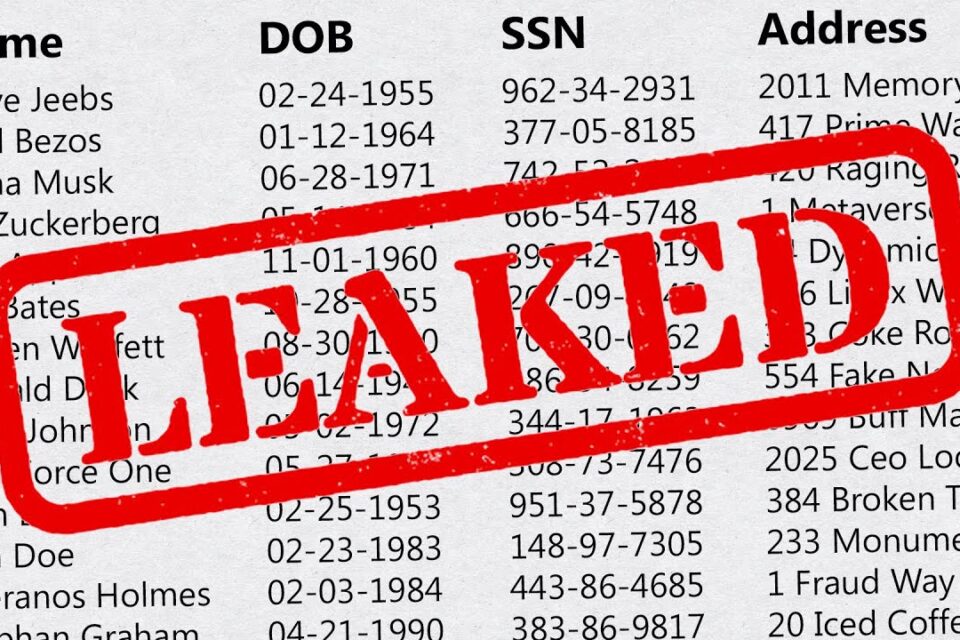Meta Description: “A recent cybersecurity breach has resulted in the leak of billions of Social Security numbers. Learn about the impact of this massive data leak and how to protect yourself from identity theft on Unchain Code.”
Introduction: The digital world was shaken by the recent leak of approximately 2.7 billion records, including Social Security Numbers (SSNs), from a major data breach. This incident highlights the escalating challenges and risks in data security and personal privacy.
What Happened? Hackers accessed and leaked a vast amount of personal data, including SSNs, names, and addresses, affecting millions of individuals. This breach has been linked to vulnerabilities in data management and security protocols at several large institutions (BleepingComputer).
Impact on Individuals: The exposure of SSNs is particularly concerning because it opens the door to identity theft. Individuals whose information was leaked are at a higher risk of fraud and may face long-term repercussions.
Steps to Protect Your Identity:
- Credit Freeze: Consider placing a credit freeze on your reports to prevent new credit accounts from being opened in your name without verification.
- Monitor Your Accounts: Regularly check your bank statements, credit card statements, and credit reports for any unauthorized activity.
- Use Identity Theft Protection Services: These services can monitor your personal information on the dark web and alert you to potential misuse of your data.
Conclusion: The SSN leak is a wake-up call for stronger cybersecurity measures and personal vigilance in protecting sensitive information. Staying informed and proactive in managing your data security is more crucial than ever.
Call to Action: For more insights into data security and tips on protecting your personal information, keep following “Unchain Code.” Subscribe to our newsletter for updates and expert advice tailored to help you navigate the complexities of digital security.
